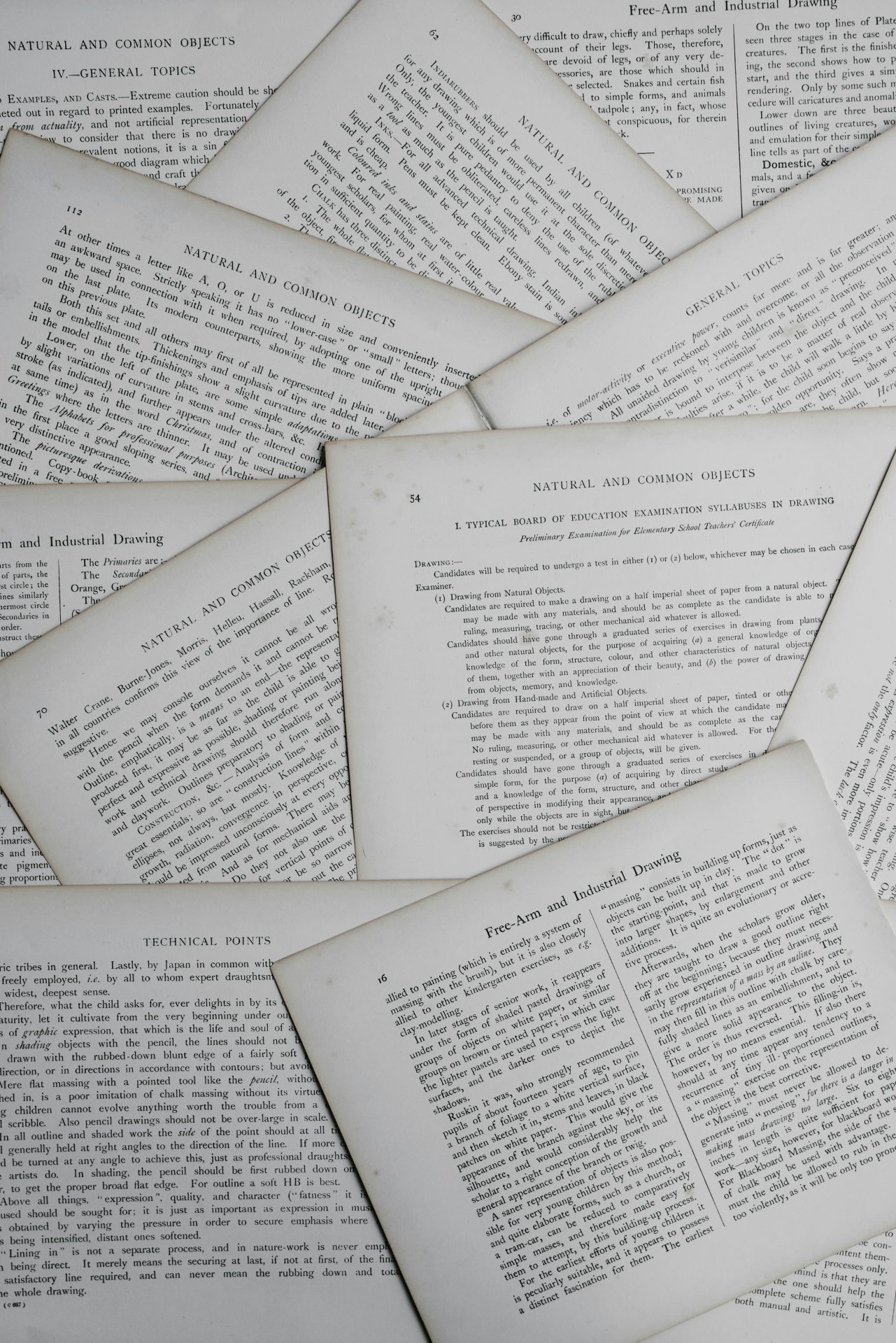Writing a high-quality research paper requires substantial time and effort, but it is a rewarding endeavor that allows you to make a meaningful contribution to your field. Researchers can utilize online platforms to find reliable services that specialize in write a paper assistance. With careful planning, immersive research, clear writing, and meticulous editing, you can craft an effective paper that informs readers and advances academic discourse. This comprehensive guide examines the essential steps and best practices to write a stellar research paper from start to finish.
Select a Focused, Manageable Topic
The first key step is choosing a topic that intrigues you, fits assignment guidelines, and offers sufficient academic research to inform your work. Invest time upfront into brainstorming ideas, reviewing your interests, and running preliminary searches to assess research viability. Narrow down options to a specific, focused topic to allow thorough analysis within the scope of your paper. Consulting with advisors and professors will help validate you have selected an appropriate, approved topic with plenty of scholarly sources to draw upon throughout the research process.
Immerse Yourself in the Literature
After selecting a topic, begin an in-depth literature review to immerse yourself in recent, relevant academic sources. Use library databases to find studies, publications, and other materials that provide context and insight into your research question. As you read sources, actively take notes on key findings, arguments, limitations, and gaps in the existing literature. Keep organized records of citations for every source you review. The literature review synthesizes previous knowledge and illustrates how your work builds upon and advances ongoing academic dialogues. Allow substantial time for this step, aiming for 15-25 current sources to establish a firm grounding.
Craft an Arguable, Focused Thesis
Researchers looking for reliable sources for purchasing research papers online may find useful insights in the article by Mary Walton, available at https://www.linkedin.com/pulse/buy-research-papers-online-5-best-professional-websites-mary-walton-rpite. A well-constructed thesis statement acts as the foundation and guiding force for your paper. Condense your topic into a clear, single-sentence claim that presents a specific argument or perspective, rather than just facts. Ensure your statement is focused enough to thoroughly support within the allotted paper length. Place the thesis at the end of your introduction to give readers context first, and use forceful, confident language that conveys the significance of your work. A strong, thoughtful thesis sets the tone for an engaging paper.
Develop a Comprehensive Outline
Before writing your first draft, create a detailed outline that structures your paper from introduction to conclusion. Well-planned outlines prevent haphazard writing and keep your work focused. An effective outline contains brief descriptions of key points, supporting details, transitions, and sources you will use to back up claims in each section. It serves as the blueprint that brings your paper to life, so invest sufficient time into crafting an outline that logically conveys the narrative flow. Having this roadmap will facilitate the writing process.
Typical outline sections include:
Introduction
- Opening hook to draw readers in
- Background context for your topic
- Thesis statement
Body
- Main points that support your thesis
- Evidence from research to back up claims
- Smooth transitions between different points
Conclusion
- Restate thesis and summarize key arguments
- Discuss research implications
- End with final thoughts on your topic
Creating a detailed outline before writing saves time and helps produce a logical, cohesive paper. Fill in supporting evidence and citations as you go.
Write a Strong Initial Draft
With research finished and outline in hand, you can start drafting your paper. Follow your outline closely to maintain clear organization and prevent tangents. Begin by introducing the topic, providing necessary background context, and stating your thesis. Then move into the body sections where you elaborate on main points, embed supporting evidence from research, and explain connections in a cohesive flow. Wrap up with a conclusion that restates the thesis and synthesizes key takeaways. Stick to your outlines basic structure, but allow flexibility to expand on ideas as you write. Let the words come out quickly in this first pass without obsessing over perfection in phrasing. You will refine the wording later.
Revise Extensively for Strong Cohesion and Flow
Revising is where you transform your initial draft into a polished paper. Examine the paper holistically before focusing on sentence-level editing. Assess if ideas progress logically, sections have clear transitions, and evidence provided backs the claims effectively. Determine if the thesis still aligns with the overall direction. Move portions around to improve flow and rearrange as needed to convey information more clearly to readers. Expand on areas that feel thin, and ensure related discussions are woven together cohesively. Eliminate repetition. Improving continuity through revisions will amplify the strength of your work.
Refine Sentence Structures and Word Choices
Within each section, evaluate your language choices and sentence structures for improvement opportunities. Vary lengths and beginnings of sentences to enhance flow. Break up dense blocks of text by integrating brief sentences between longer ones when applicable. Eliminate redundant words and replace weak verb or adjective choices with more compelling options. Scrutinize passive voice usage and replace with active alternatives when possible. Strong, skillful language engages readers and enlivens your paper.
Verify Citations and Format Properly
Accuracy matters, so verify every citation matches its corresponding reference entry, formatted precisely per required style guidelines. Review for accidental plagiarism and confirm you have properly credited information derived from sources. Examine reference entries to ensure all formatting, punctuation, and components are correct. Polishing citations displays attention to detail and strengthens scholarly merit.
Perform Final Proofreading with Fresh Eyes
Finish your paper by proofreading every page carefully and slowly. Look for minor errors your revision may have missed. Read sections aloud to catch awkward phrasing. Have a colleague review your work for a final quality check. Compare against assignment instructions to confirm compliance with guidelines. With this final polish, your diligent efforts culminate in submitting an illuminating, thoroughly researched paper that adds meaningful insight into the broader academic conversation around your topic. The long hours invested will pay dividends when your work impacts others.
Source image
https://unsplash.com/photos/person-writing-on-white-paper-gcsNOsPEXfs

 Miscellaneous3 years ago
Miscellaneous3 years ago
 Mobile2 years ago
Mobile2 years ago
 Gaming2 years ago
Gaming2 years ago
 Gaming3 years ago
Gaming3 years ago
















